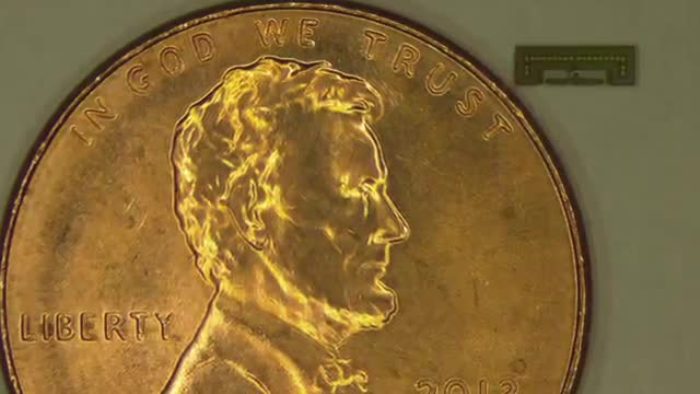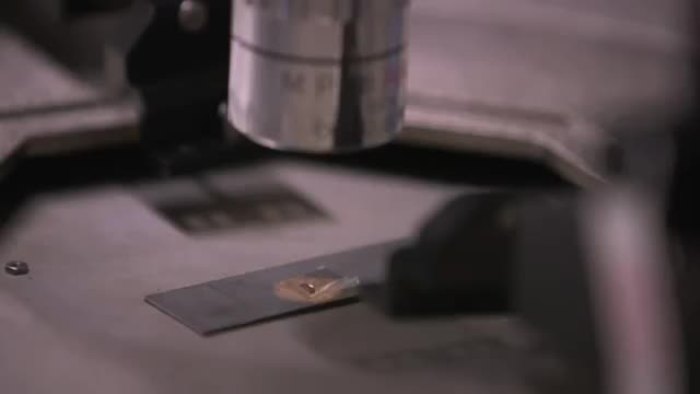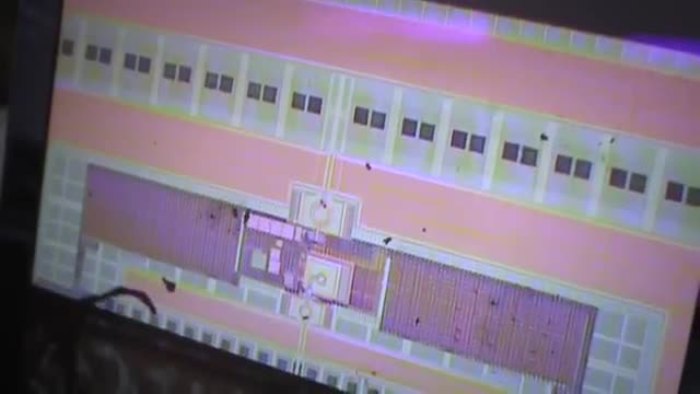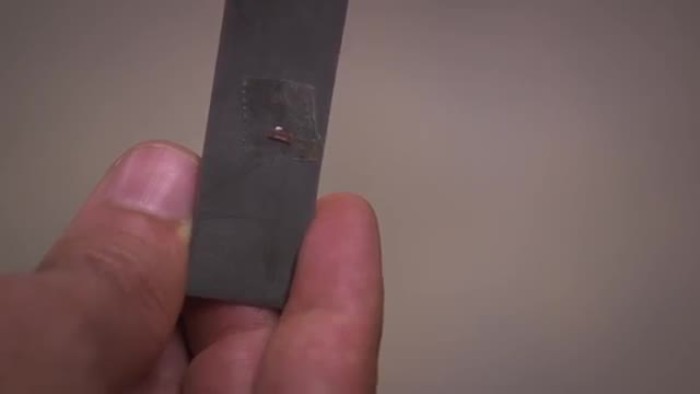Engineers Develop an Ant-Sized Radio that Harvests Power from the Air

Screenshot of the Stanford University video showcasing the ant-sized radio development (http://news.stanford.edu/news/2014/september/ant-radio-arbabian-090914.html)
Before you think of an AM/FM radio, here’s a clarification – the “radio” here isn’t that kind of radio. Radio here refers to the broader term, the electronic component that detects, demodulates, and amplifies transmitted signals. It refers to various types of transceiver devices or chips that enable wireless connectivity such as Wi-Fi, Bluetooth, and NFC. Well, the transceivers used in AM/FM enabled devices are also radios but in the context of this post, they don’t equate to the term “radio.”
A team of Stanford and Berkeley University researchers have found a way to develop ant-sized radios. This radio is so small that it is deemed to be very much suitable for use in the Internet of Things or “smart” mobile and home devices. It is capable of doing everything that a typical radio is able to do, the following in particular:
- Receiving of signals
- Transmission of signals (over a short distance)
- Interpreting and execution of instructions (through its central processor)
Not yet impressed? Let’s take a look at the highlight features of this reinvention and re-imagining of the radio chip.
Ant-Sized
This tiny radio is only 3.7mm x 1.2mm in size. Just take a look at its comparison to the size of a coin below. It certainly is small and you likely would not expect that it is a complete radio by itself—that it is already capable of receiving signals, transmitting signals, and interpreting and executing instructions on its own. It already comes with an antenna that is also responsible for scavenging power from incoming electromagnetic waves.

Screenshot of the Stanford University video showcasing the ant-sized radio development (http://news.stanford.edu/news/2014/september/ant-radio-arbabian-090914.html)
All-in-One Chip
Again, this diminutive radio chip is already complete with all the components necessary for signal reception, signal transmission or reply broadcasting, as well as electromagnetic power harvesting. It even has a puny central processing unit that does well enough in interpreting and executing relatively simple instructions. Basically, it is by itself already capable of performing its intended functions on its own, without being attached to another device to receive power and instructions. That’s why this radio chip can be simply embedded on walls to help extend the range of wireless connectivity among devices in a building.

Screenshot of the Stanford University video showcasing the ant-sized radio development (http://news.stanford.edu/news/2014/september/ant-radio-arbabian-090914.html)
Cheap to Produce
According to electrical engineering assistant professor Amin Arbabian, one of the researchers involved in the project, the chip is cheap to produce. Each chip only costs a few pennies to manufacture. This is mostly due to the size of the chip. Also, it does not require special materials or a complicated manufacturing process.
Self-Sustaining
This puny radio is notable for its ability to harvest electricity from wireless transmissions or electromagnetic waves in the air. As such, it does not require a battery or an active power supply. It performs the transmission and processing it needs to do by simply harnessing the electricity available in the electromagnetic waves it is able to harvest in the air.

Screenshot of the Stanford University video showcasing the ant-sized radio development (http://news.stanford.edu/news/2014/september/ant-radio-arbabian-090914.html)
Scalable
Because of its size and ability to harness power from incoming signals or transmissions, this new radio can be scaled up or down depending on the need. Multiple units of this radio can be lined up a meter apart, for example, to enable wireless connectivity for multiple devices in a building that may not be reached by the Wi-Fi signals. The scalability here refers to the extent of the area wherein wireless connectivity among devices can be enabled, not on the size of the device or appliance to which it will be attached.
Shrinking down the size of radios is not a new endeavor. There have been several attempts in the past. However, this ant-sized radio takes a different approach in miniaturization. Instead of reducing the size of the components, the goal has been to squeeze all of the electronic parts in one silicon chip that is scalable. This means that this ant-sized radio has a fixed range of capabilities (the limited transmission range in particular) but can be used in multitudes to bridge interconnections instead of coming up with one long-range radio that is difficult to shrink down.
French semiconductor manufacturer STMicroelectronics has already produced 100 of these minute radios. Arbabian has already used these prototypes to show that they really work.

Screenshot of the Stanford University video showcasing the ant-sized radio development (http://news.stanford.edu/news/2014/september/ant-radio-arbabian-090914.html)
The technologies that enable long distance communication and remote controls among devices already exist. What needs more work is the miniaturization and optimization of radios that can be embedded in small or slim smart gadgets. Currently, radios are still too big to be versatile enough to be used across different types and sizes of devices envisioned in the Internet of Things. The ant-sized radio developed by the Stanford and Berkeley researchers will make it possible to enable communication between devices without adding noticeable bulk and without requiring additional power. Moore’s Law may have already come to an end but the miniaturization in other devices and components is still bound to continue as demonstrated by this ant-sized radio.